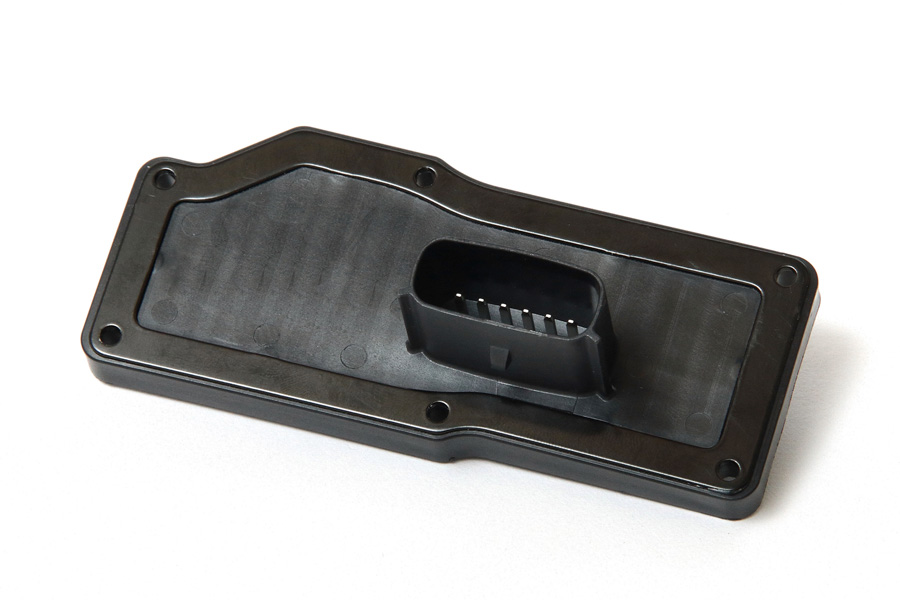
Your blog feed for digital manufacturing resources, in-depth features, and industry news.
Plastic containers for food storage have become an essential part of every kitchen, offering practical, durable, and versatile options for keeping food fresh, organized, and easily accessible.
Plastic containers are a popular choice for food storage due to their many advantages. They are lightweight, durable, and come in various sizes and shapes to suit different types of food. Whether you’re storing leftovers, prepping meals, or organizing ingredients, plastic containers can meet your needs while ensuring food stays fresh and safe.
Plastic containers are available in various shapes, sizes, and features, making it easy to find the perfect one for your needs. Here are some popular types of plastic food storage containers:
Bento boxes are compartmentalized containers ideal for meal prep and portion control. These containers allow you to separate different types of food, keeping them fresh and preventing flavors from mixing.
Stackable plastic containers are perfect for storing large quantities of food while saving space in your pantry, fridge, or freezer. These containers are designed to be easily stacked on top of each other for efficient storage.
Airtight plastic containers are designed to keep food fresh for longer periods by sealing out air and moisture. They are perfect for storing dry goods like grains, nuts, and flour, as well as keeping leftovers fresh in the fridge.
Many plastic food storage containers are microwave-safe, allowing you to easily heat up leftovers without transferring food to another dish. These containers are designed to withstand high temperatures, making them convenient for reheating meals quickly.
Plastic food storage containers with airtight lids can significantly extend the shelf life of food by keeping air and moisture out. This helps prevent spoilage and keeps your food fresh for longer.
Plastic containers help you keep your kitchen organized by providing a designated space for food storage. They are stackable and can be labeled, making it easier to find what you need quickly.
Plastic containers designed for food storage are made from BPA-free materials, ensuring they are safe for storing food. They are also easy to clean, helping maintain good hygiene standards in your kitchen.
Plastic containers are often more affordable than glass or metal alternatives, making them a budget-friendly option for households and businesses alike.
As sustainability becomes more important, many manufacturers now offer eco-friendly plastic containers made from recycled materials or biodegradable plastics. These alternatives help reduce plastic waste and contribute to a more sustainable environment, without compromising on quality or durability.
When choosing plastic containers for food storage, it’s important to consider the following factors:
To get the most out of your plastic food storage containers, follow these simple tips:
Plastic containers are an essential tool for any kitchen, offering a practical, affordable, and efficient way to store food. From extending freshness to organizing your pantry, plastic food storage containers are a versatile solution for keeping your meals and ingredients safe. With a variety of sizes and designs to choose from, you can find the perfect container for every food storage need. Whether you’re storing leftovers, organizing pantry items, or prepping meals for the week, plastic containers help keep your kitchen clutter-free and your food fresh.
Your blog feed for digital manufacturing resources, in-depth features, and industry news.
31 Southlands Road
POLESWORTH
B78 0FL
We will reply to you in 20 minutes.
Our team is online, can be helpful for you.
Our team is online, can be helpful for you.
Didn’t find what you want? Ask our leader for help directly!